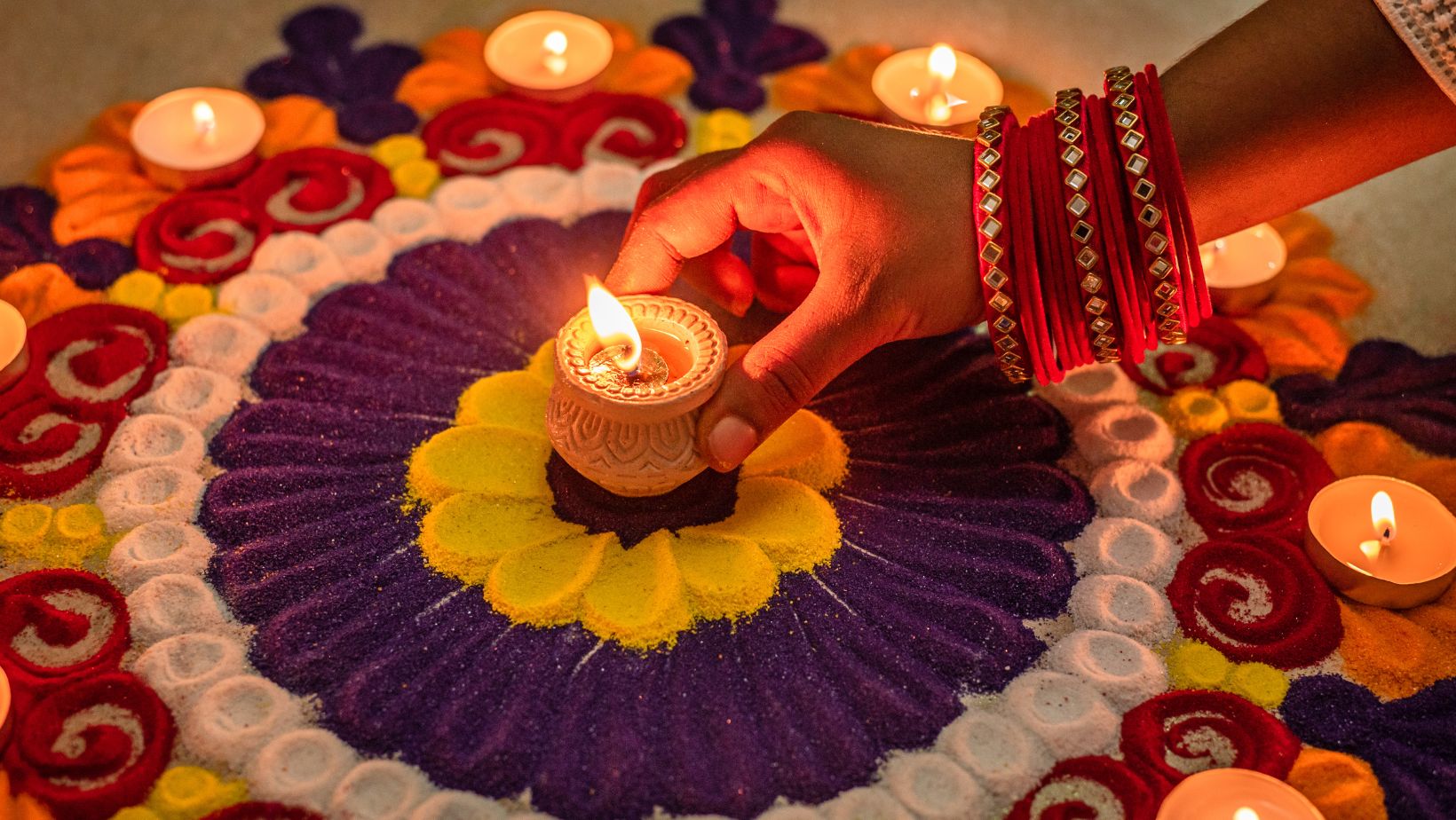Similarities in French and Hindi? A 13 year old shares her notes
Accent grave (è) is the sound “ae”, which is similar to the Hindi matra, “ ऐ”. That is one of the biggest similarities between Hindi and French.
Words. Words are one of the most important things in our day-to-day life. One of a child’s first milestones is when they say their first word.
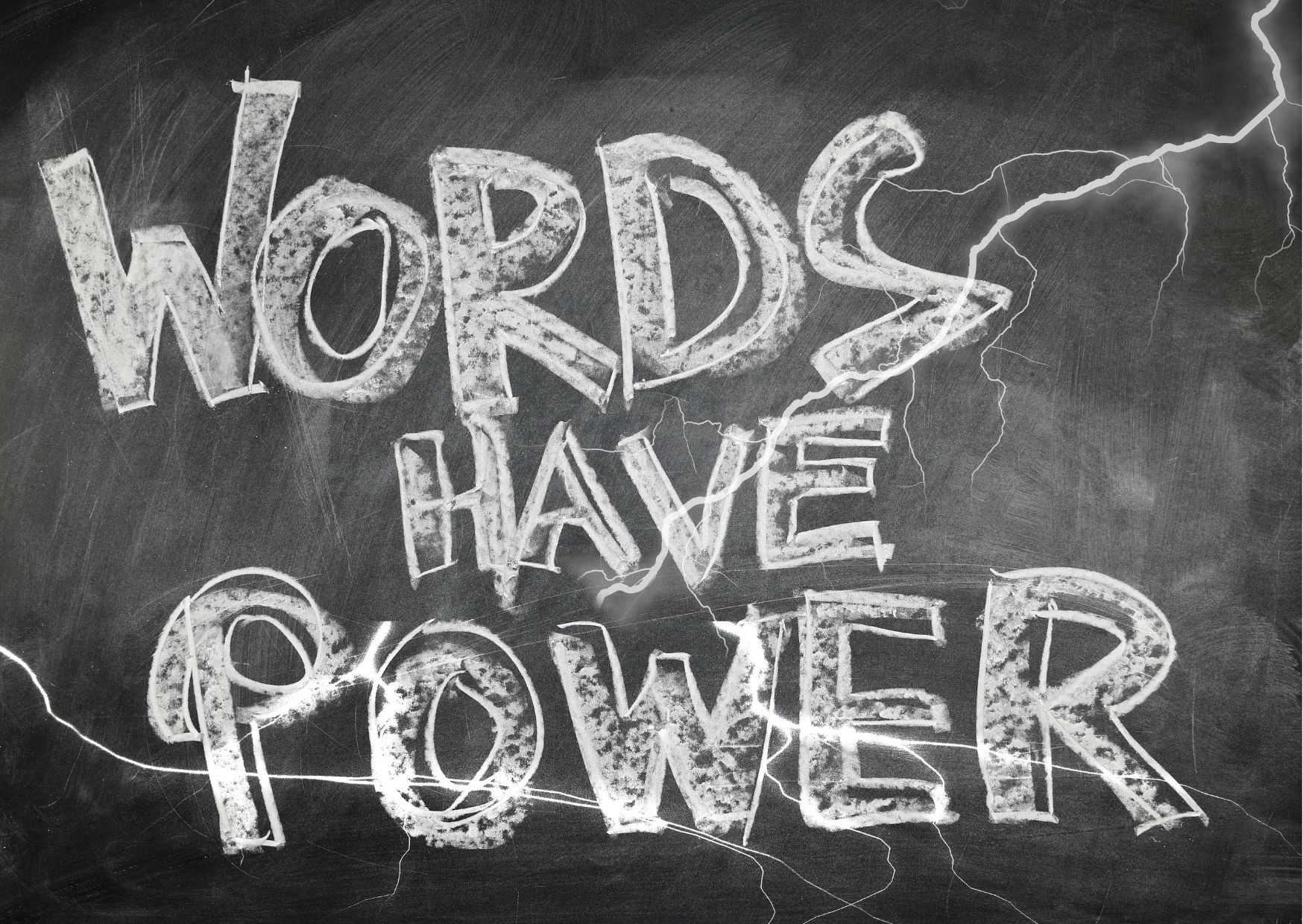
Words are so essential for survival because they are the easiest method of communication, we can get our thoughts across, express our needs, convey ideas, commands etc., to other people without much trouble. Humans learn words as a part of the millions of languages that exist even today. Each language has words that are exclusive to its dictionary.
Hindi (along with English) is the official language of our country and the fourth most spoken language in the world, with more than a billion speakers worldwide. Most Indians get acquainted with Hindi, by birth. We grow up listening to Hindi usually the most commonly spoken language in our house, along with English.

So when I was first introduced to French in 6th grade as a third language, it was a new and thrilling experience. The initial few months of learning the language were hard, with so many new words and concepts to learn. French uses the same alphabet as English, so that was a plus point. Whenever I spoke French, I first thought of what I wanted to say in my head in English, and then translated it into French.
However, not long after learning the linguistic basics, I slowly started to realize how similar French was, not only to English but also to Hindi.
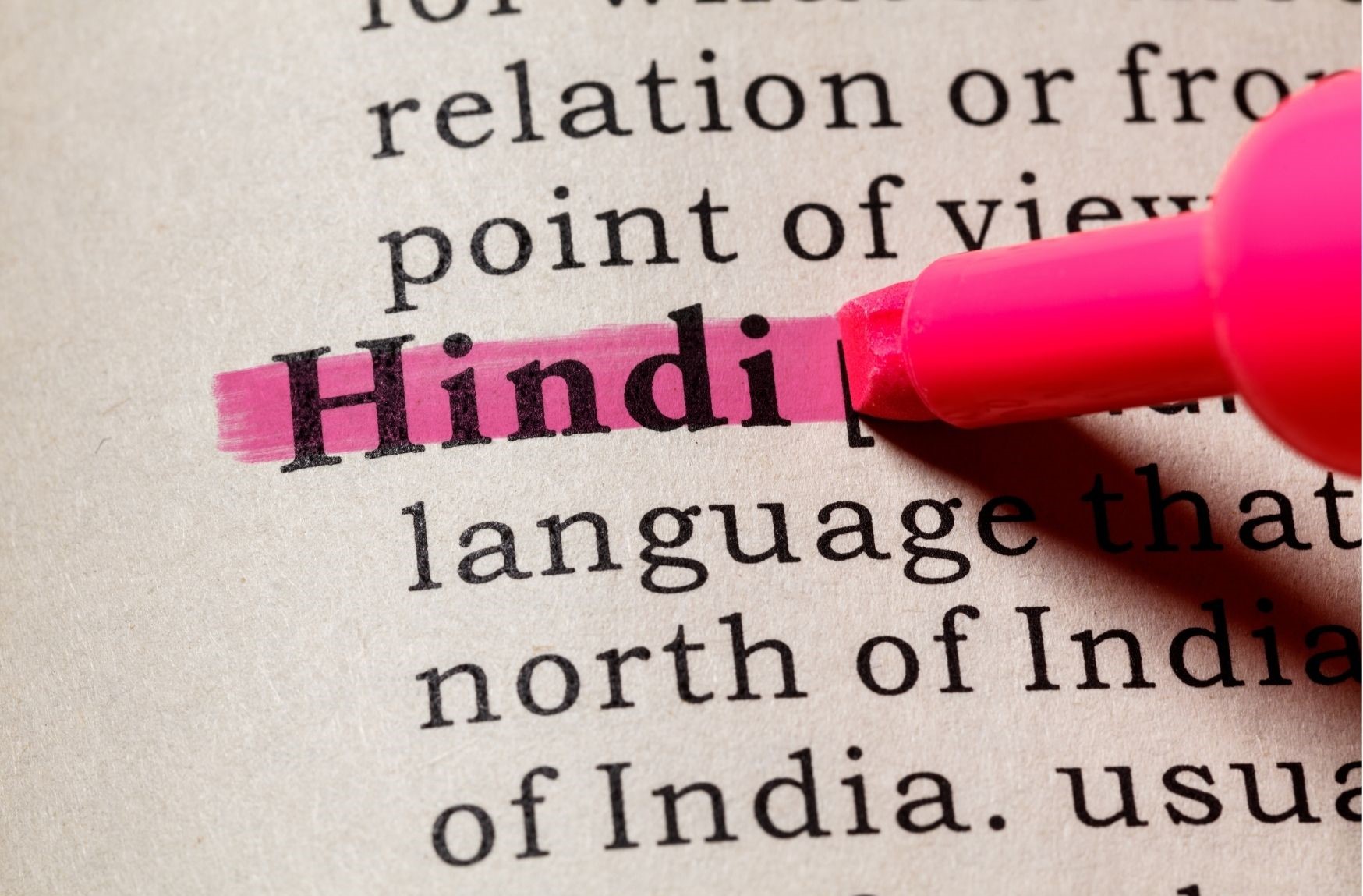
The first time I felt this was in class when our teacher taught us about accents. In French, accents are used over particular letters of words to further elaborate on the sound of it. Adding an accent to a letter, more often than not (not- silent accents), changes how the word is pronounced. There are five main French accents, aigu, grave, cedille, noel and circonflexe. To teach us those accents, our teachers reminded us of ‘matraen’ in Hindi, like aa, ee, oo, uu etc. For example, accent aigu (é) is the sound “aiy”, similar to the Hindi matra “ े, ए”. Accent grave (è) is the sound “ae”, which is similar to the Hindi matra, “ै, ऐ”. That is one of the biggest similarities between Hindi and French. Although the meaning of the words remains the same, with or without accents, accents play a key role in pronunciation and define exactly how specific words must sound, making it easy for new learners of the language to speak it more effortlessly. These accents are absent in English, which makes for a more liberal approach to the language in terms of speaking it. These various similarities between these languages are not just co-incidences.
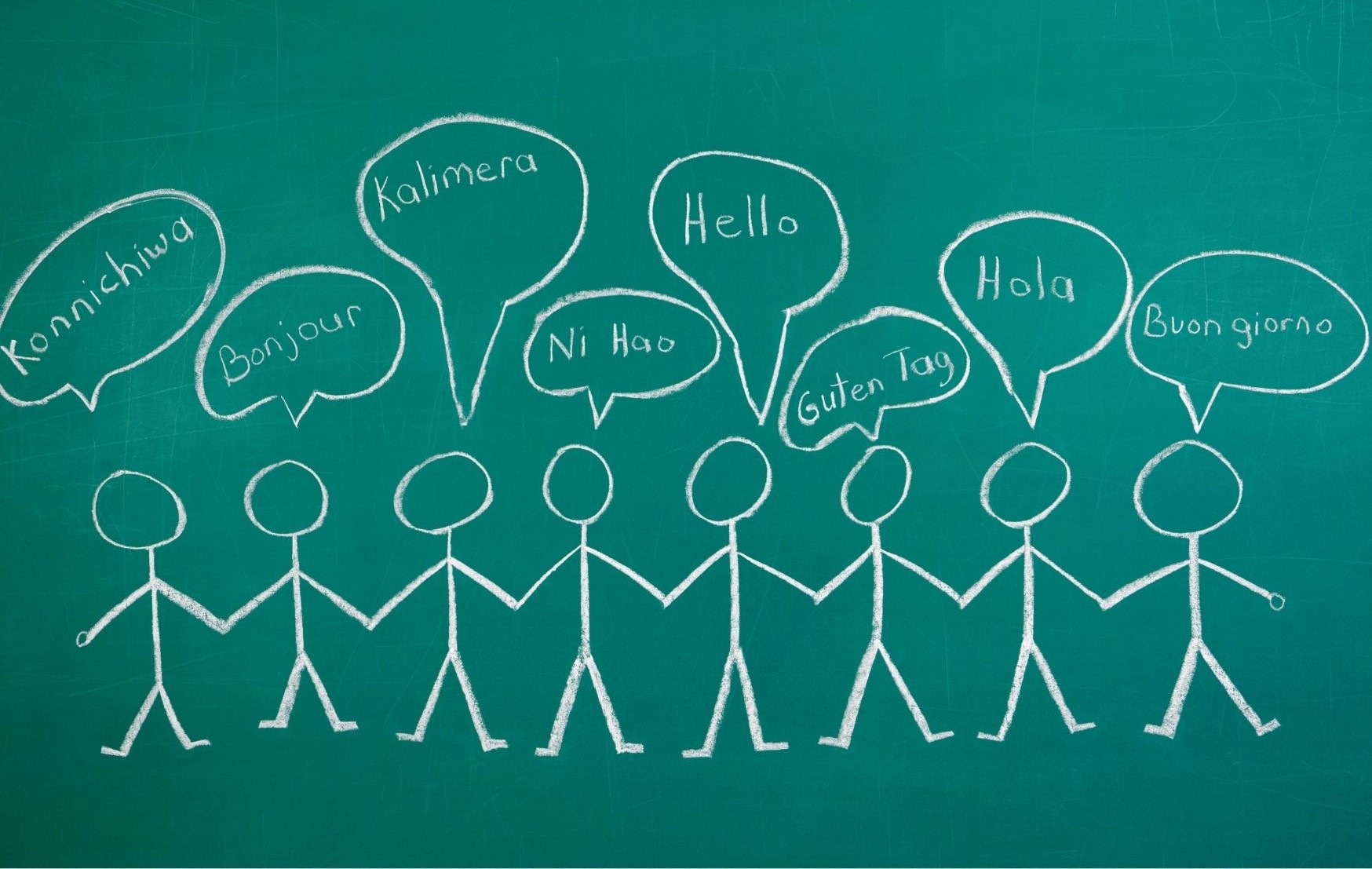
Apart from the conspicuous, apparent relation between English and French, even Hindi and English, and Hindi and French have a common origin: The Indo-European languages. These languages are a group of several hundred related languages not only from India but also from Europe, Iran and South Asia. As time passed, this group branched out into several other groups, now making up almost 150 present-day languages, still widely in use.
Subject - Object - Verb placement
This mutual origin has remained the basis of a large number of the 150 languages that exist today. The grammatical structure, and the use of verbs, pronouns, subjects, objects etc., are hence similar in many languages, like Hindi and French.
For instance, the subject-object placement is again the same in Hindi and French in some cases, where the verb used is not a verb of preference and it is a simple subject-object-one verb sentence.
- In English, we would say, “I open it,”. Here, I, the subject, comes before the verb ‘’open,” and the object, you, after the verb.
- This is not the case in Hindi. “मैंने उसे खोला।,”. Again, ‘मैंने’, the subject, comes first, but directly after it comes to the object, ‘उसे’, followed by the verb, ‘खोला’.
- This is what happens in French! “Je l’ouvre,”. Here, ‘je’, meaning ‘I’ is the subject, and is, like in Hindi, immediately followed by the object ‘le’ meaning ‘it’. The verb ‘ouvre’ meaning ‘open’ comes after the object, as in Hindi.
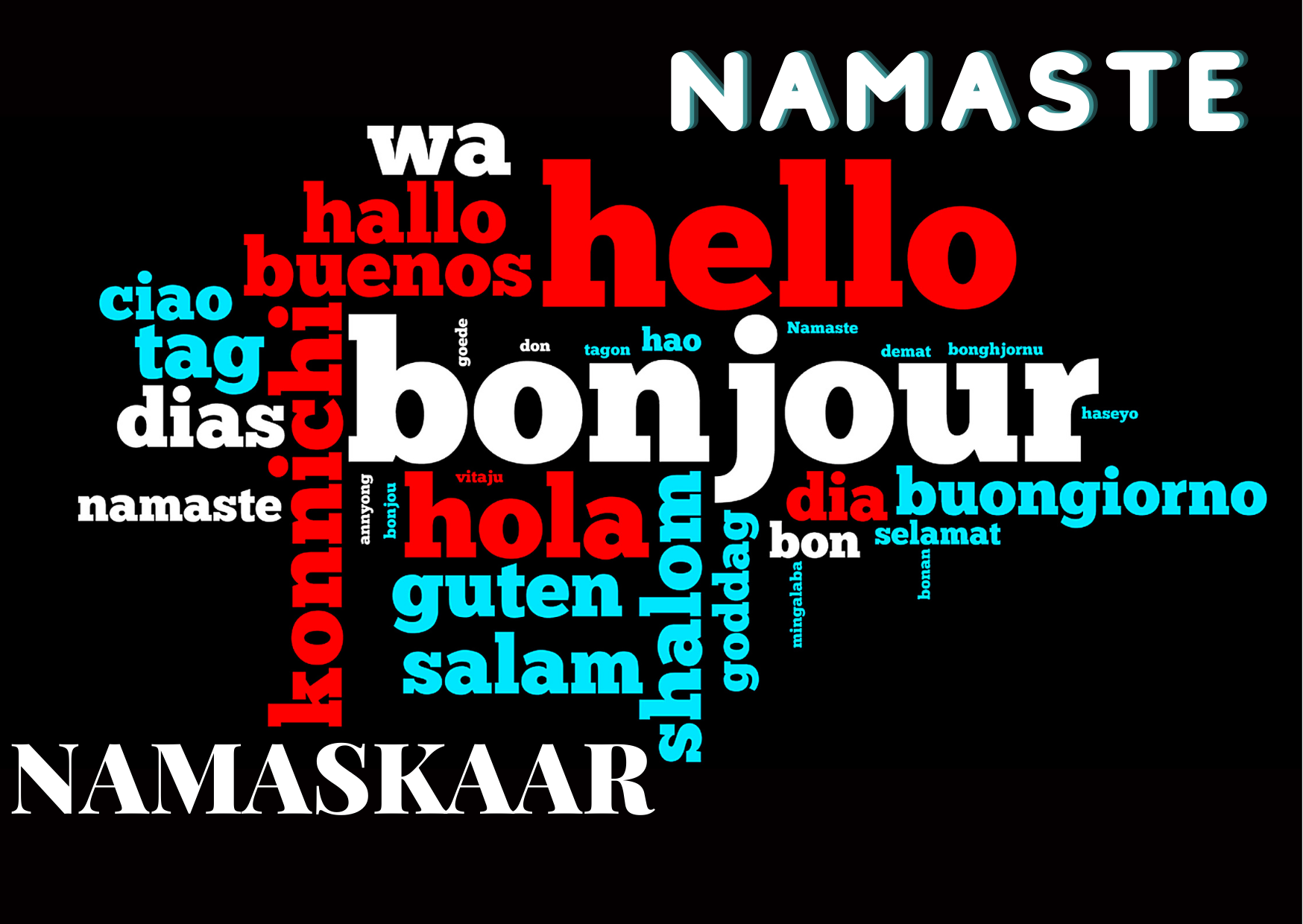
Learning new languages is always an enlightening experience. Each new language introduces you to a whole new world from the perspective of the people who know and speak that language. Languages are a gateway to the diverse cultures, traditions and beliefs of the people speaking that language. I already feel extremely satisfied, being well-versed in English, a universal language and Hindi, my mother tongue, and now, French. I hope to delve further into this plethora of words and immerse myself in many languages in the years to come.
“If you talk to a man in a language he understands, that goes to his head.
If you talk to him in his language, that goes to his heart”
~ Nelson Mandela
16 year old Reva Lawate shares Fun Marathi proverbs with animals!



